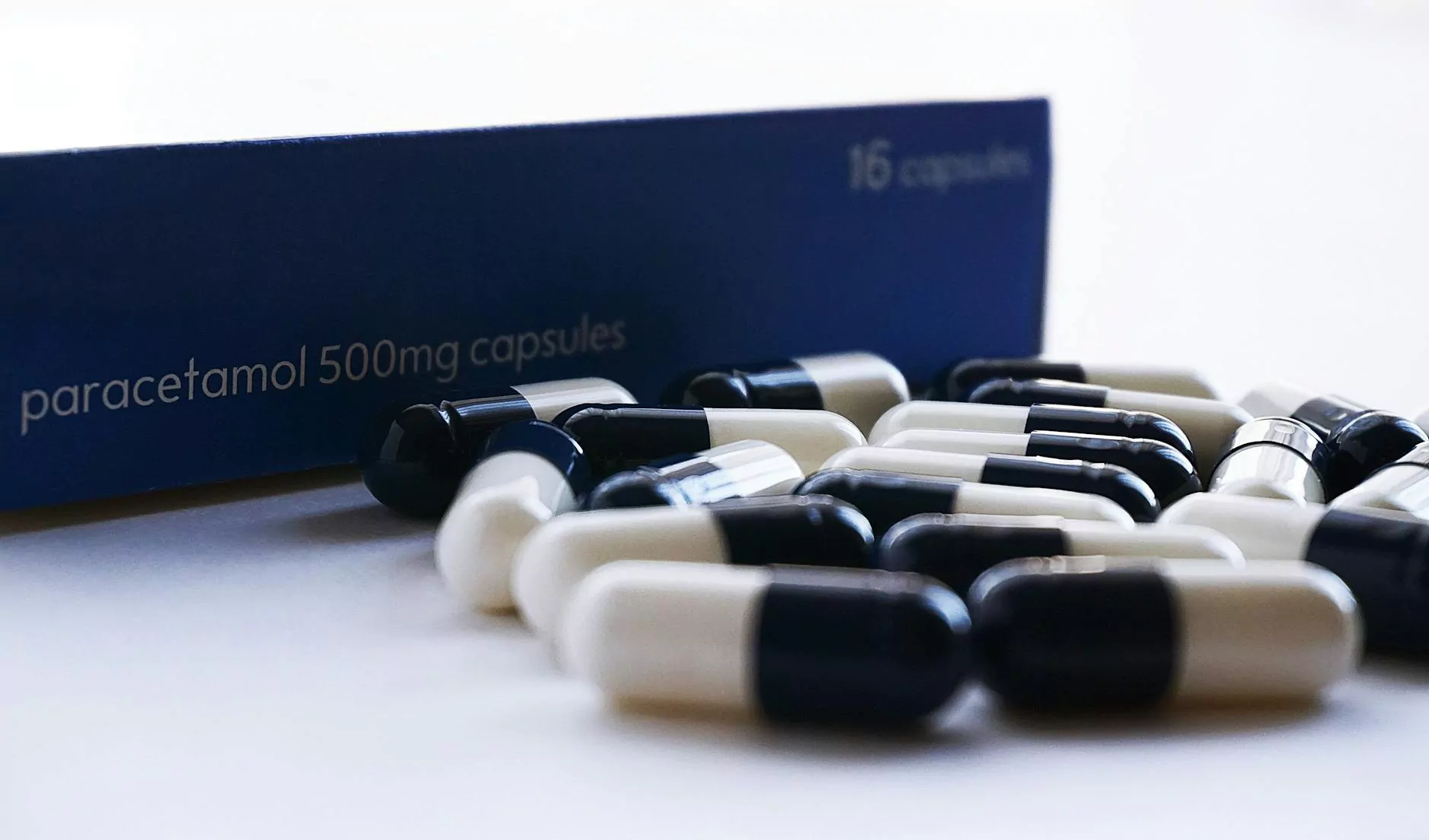DVT Signs and Symptoms: Understanding Deep Vein Thrombosis

Deep Vein Thrombosis (DVT) is a condition that poses significant health risks, often presenting critical signs and symptoms that should not be ignored. Recognizing these indications early can be essential for reducing the chances of serious complications, such as pulmonary embolism. Here, we delve deeply into the DVT signs and symptoms, thereby empowering you with the knowledge necessary to identify this condition and seek timely medical advice.
What is Deep Vein Thrombosis?
DVT occurs when a blood clot forms in a deep vein, typically in the legs. This ailment is more than just a medical inconvenience; it can lead to more severe health issues. According to health professionals, understanding the basics of DVT is crucial for both prevention and treatment.
Understanding the Risk Factors
Before diving into the warning signs of DVT, it is essential to recognize the factors that put individuals at greater risk:
- Prolonged Immobility: Long periods of inactivity, such as long flights or bed rest after surgery, can increase the risk.
- Medical Conditions: Conditions such as cancer, heart disease, and certain genetic disorders can predispose individuals to DVT.
- Age: Individuals over 60 are at a higher risk for DVT.
- Obesity: Excess weight can place more pressure on veins in the legs.
- Hormonal Factors: Birth control pills and hormone replacement therapy can affect blood clotting.
- History of Vascular Issues: A previous DVT or family history of blood clots significantly increases risk.
Recognizing DVT Signs and Symptoms
Identifying the signs of DVT early can be lifesaving. The following symptoms are commonly associated with DVT:
1. Swelling in One Leg
One of the most noticeable signs is swelling in the affected leg, which may be accompanied by a feeling of tightness. Swelling may occur suddenly or develop over time, making it crucial to pay attention to any unexpected changes.
2. Pain or Tenderness
Aching or soreness in the affected leg, especially when standing or walking, can signal DVT. The pain often feels local, and may resemble cramping or soreness that won't go away.
3. Skin Changes
Changes in skin color may also manifest. The affected area may appear reddish or bluish, and often feels warm to the touch compared to the surrounding skin.
4. Increased Warmth
The skin over the affected vein may feel warmer compared to the skin of the surrounding area, indicative of inflammation or clot formation.
5. A Full Sensation in the Leg
Some individuals report a sensation of heaviness or fullness in the leg, which can be uncomfortable and concerning.
When to Seek Medical Attention
If you experience any of the above symptoms, it is imperative to consult a medical professional promptly. Early intervention is critical in managing DVT effectively. Do not hesitate to seek immediate medical help if you notice:
- Severe swelling and pain that disrupts daily activities.
- Symptoms in both legs, which may indicate further complications.
- Shortness of breath or chest pain, as these could indicate a pulmonary embolism.
Diagnostics for DVT
Upon presenting symptoms, your healthcare provider may conduct several assessments to confirm a DVT diagnosis:
1. Ultrasound
This imaging technique uses sound waves to create pictures of the blood flow in the veins and can detect clots effectively.
2. D-dimer Test
This blood test measures the presence of a substance that is released when a blood clot breaks up. Elevated levels might indicate clot formation.
3. Venography
In certain instances, a special X-ray test using a contrast dye may be performed to visualize veins in the legs.
Treatment Options for DVT
Understanding treatment options is critical for managing DVT effectively. Treatment typically aims to prevent the clot from growing and to reduce the risk of complications, including pulmonary embolism.
1. Anticoagulants
Commonly known as blood thinners, these medications help prevent existing clots from worsening and reduce the risk of new clots forming.
2. Compression Stockings
These specially designed stockings help improve blood flow and reduce swelling in the affected leg.
3. Thrombolytics
In more serious cases, these medications may be administered to dissolve clots quickly.
4. Surgical Interventions
In rare cases, a surgical procedure called venous thrombectomy might be necessary to remove the clot directly.
Preventive Measures Against DVT
Taking steps to prevent DVT is crucial, especially for those at high risk:
- Stay Active: Regular physical activity can improve circulation, reducing the risk of clots.
- Stay Hydrated: Adequate hydration is essential to maintain healthy blood viscosity.
- Leg Exercises: When sitting for long periods, perform foot and leg exercises to stimulate blood flow.
- Avoid Crossing Legs: Crossing legs can restrict blood flow and pose a risk for clot formation.
- Wear Compression Socks: Particularly during long trips or if you have a history of DVT, wearing compression socks can be beneficial.
Conclusion
Deep Vein Thrombosis is a serious health condition that requires prompt recognition and treatment. By knowing the DVT signs and symptoms highlighted in this article, individuals are better equipped to identify potential issues and seek the necessary medical attention.
At Truffles Vein Specialists, we are dedicated to providing comprehensive care for vascular health. If you or someone you know may be at risk for DVT, don’t hesitate to schedule a consultation with our experienced health professionals.
Further Reading and Resources
For additional insights into DVT and vascular health, we recommend the following resources:
- Centers for Disease Control and Prevention (CDC) - DVT Overview
- American Heart Association - Understanding DVT
- National Institutes of Health (NIH) - DVT and Prevention Tips









